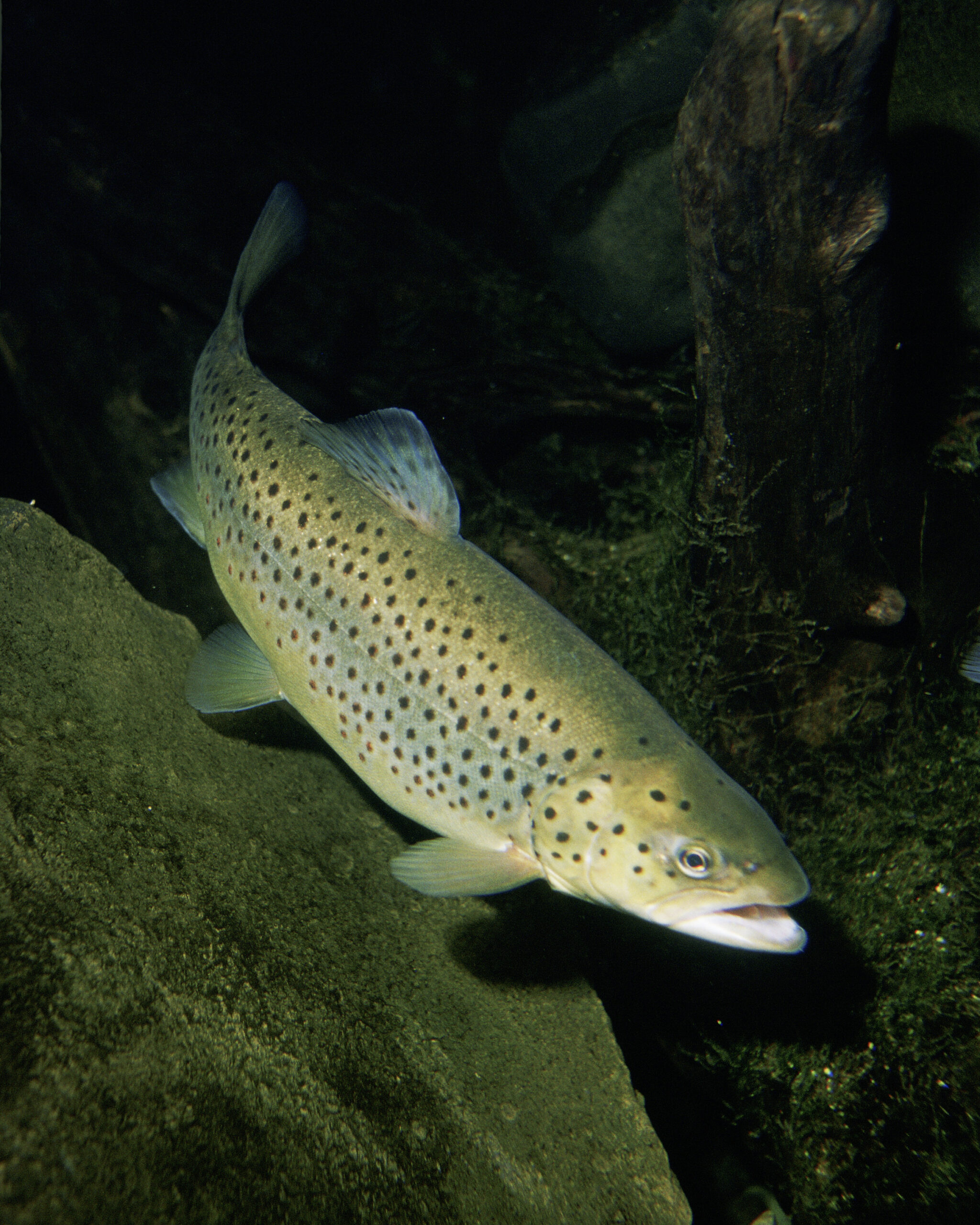What Do Trout Eat?

By Derrick R. Stallings – HuntingOfficer.com
When you’re standing in a cool, clear stream, rod in hand, waiting for that tell-tale tug, you’re probably wondering what it is that makes those beautiful trout tick. Specifically, what are they munching on down there? It’s a question every fly fisherman asks, and honestly, the answer is both simple and wonderfully complex.
At the most basic level, trout are opportunistic feeders. They’re not picky eaters in the way a human child might be. If it’s edible and it’s drifting by, there’s a good chance they’ll at least give it a look. Their diet primarily consists of invertebrates – think insects, crustaceans, and worms. And when I say insects, I mean a whole buffet of them! We’re talking about the aquatic stages of mayflies, caddisflies, stoneflies, and midges, which spend most of their lives underwater before hatching. These are the bread and butter of a trout’s diet, and why we fly fishermen spend so much time studying bug hatches and tying realistic imitations.
But it’s not just the underwater world that provides sustenance. Trout are keenly aware of what’s happening on the surface. Terrestrial insects – those bugs that live on land but sometimes fall into the water – are also a big draw. Grasshoppers, crickets, ants, beetles, and even those fuzzy caterpillars can be irresistible treats, especially during the warmer months when they’re most active. You’ll often see trout rising to the surface, slurping down these accidental offerings.
Beyond insects, trout will also snack on smaller fish, particularly baitfish like minnows, sculpins, and darters. This is especially true for larger, more predatory trout. Crayfish are another significant food source, offering a good protein punch. And let’s not forget about annelids, like earthworms, which often get washed into streams after a good rain. So, when you’re thinking about what to tie on your line, remember the vast menu available to these incredible fish. It’s all about observing your surroundings, understanding the local ecology, and presenting something that looks, feels, and acts like their next meal. Happy fishing!
Discover more from HuntingOfficer
Subscribe to get the latest posts sent to your email.
